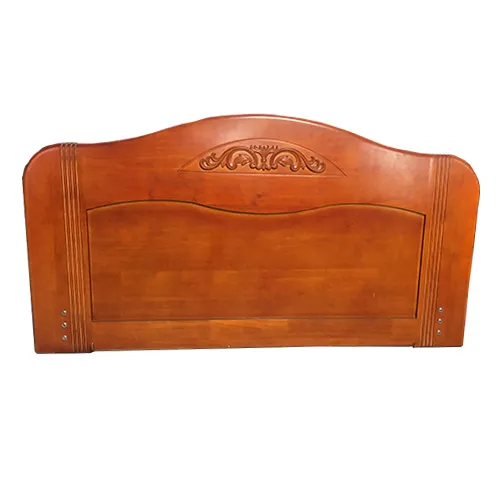Welcome to our websites!
types of wheel chairs
Types of Wheelchairs A Comprehensive Overview
Wheelchairs are essential mobility devices designed to aid individuals with physical disabilities or impairments. They offer increased independence and accessibility, enabling users to navigate their environment more freely. With advancements in technology and design, the variety of wheelchairs available has expanded significantly. This article explores the different types of wheelchairs, highlighting their features, purposes, and suitability for various needs.
1. Manual Wheelchairs
Manual wheelchairs are propelled by the user or an attendant. They are typically lighter, more affordable, and easier to transport than powered models. Manual wheelchairs come in several styles, including
- Standard Manual Wheelchairs These are designed for general use and are equipped with a simple frame, footrests, and removable armrests. They are ideal for users who have upper body strength and are capable of propelling themselves.
- Lightweight Manual Wheelchairs Constructed from aluminum or other lightweight materials, these wheelchairs are easier to maneuver and transport. They are suitable for active users who require mobility devices for long periods.
- Folding Wheelchairs These models can be folded for easy storage and transportation, making them a great option for users who travel frequently.
- Sports Wheelchairs Designed specifically for athletic activities, sports wheelchairs have unique features that enhance performance, such as specialized wheels and lightweight materials.
2. Electric (Powered) Wheelchairs
Electric wheelchairs are powered by batteries and controlled via a joystick or buttons. They are ideal for users with limited upper body strength who cannot propel themselves in a manual wheelchair. Types include
- Power Chairs These are designed for indoor use and typically feature a compact design, making them easy to maneuver in tight spaces.
types of wheel chairs

- All-Terrain Wheelchairs Equipped with rugged tires and enhanced suspension systems, these wheelchairs are suited for outdoor use, allowing users to navigate various surfaces, including grass and gravel.
- Standing Wheelchairs These advanced models enable users to transition from a seated position to a standing position at the touch of a button. This feature is beneficial for improving circulation, strengthening bones, and enhancing overall health.
There are also wheelchairs designed for specific medical conditions or unique needs
- Pediatric Wheelchairs These are designed for children and come in sizes and features appropriate for young users. They often include custom seating and support.
- Reclining Wheelchairs Ideal for users who may need to rest or change positions frequently, these wheelchairs have adjustable backrests that can recline to varying angles.
- Tilt-in-Space Wheelchairs This type allows users to shift their weight while sitting, which can help with pressure relief and comfort for those who spend extended periods in a wheelchair.
4. Custom Wheelchairs
For individuals with complex mobility needs, custom wheelchairs can be designed to accommodate specific requirements. These wheelchairs are tailor-made to fit the user’s body, offering ergonomic seating and specialized controls. Custom options may include enhanced support systems, custom cushioning, and specific dimensions.
Conclusion
Choosing the right wheelchair is crucial for enhancing the quality of life for individuals with mobility impairments. The options available today cater to a wide range of needs, preferences, and lifestyles. Whether it’s a manual wheelchair for active users or a powered model for those needing assistance, the choice ultimately depends on the individual’s unique circumstances. As technology advances, we can expect even more innovative solutions to emerge, further improving mobility and independence for users around the world.
-
Transforming Healthcare with Hospital FurnitureNewsJun.24,2025
-
Rehabilitation EquipmentNewsJun.24,2025
-
Mobility and Independence with WheelchairsNewsJun.24,2025
-
Freedom of Mobility with Our Rollator WalkersNewsJun.24,2025
-
Comfort and Independence with Commode ChairsNewsJun.24,2025
-
Bathing Safety and Independence with Shower ChairsNewsJun.24,2025
-
Navigating the Wholesale Landscape of Electric Mobility Solutions: Key Considerations for Power Wheelchair DealersNewsJun.10,2025











